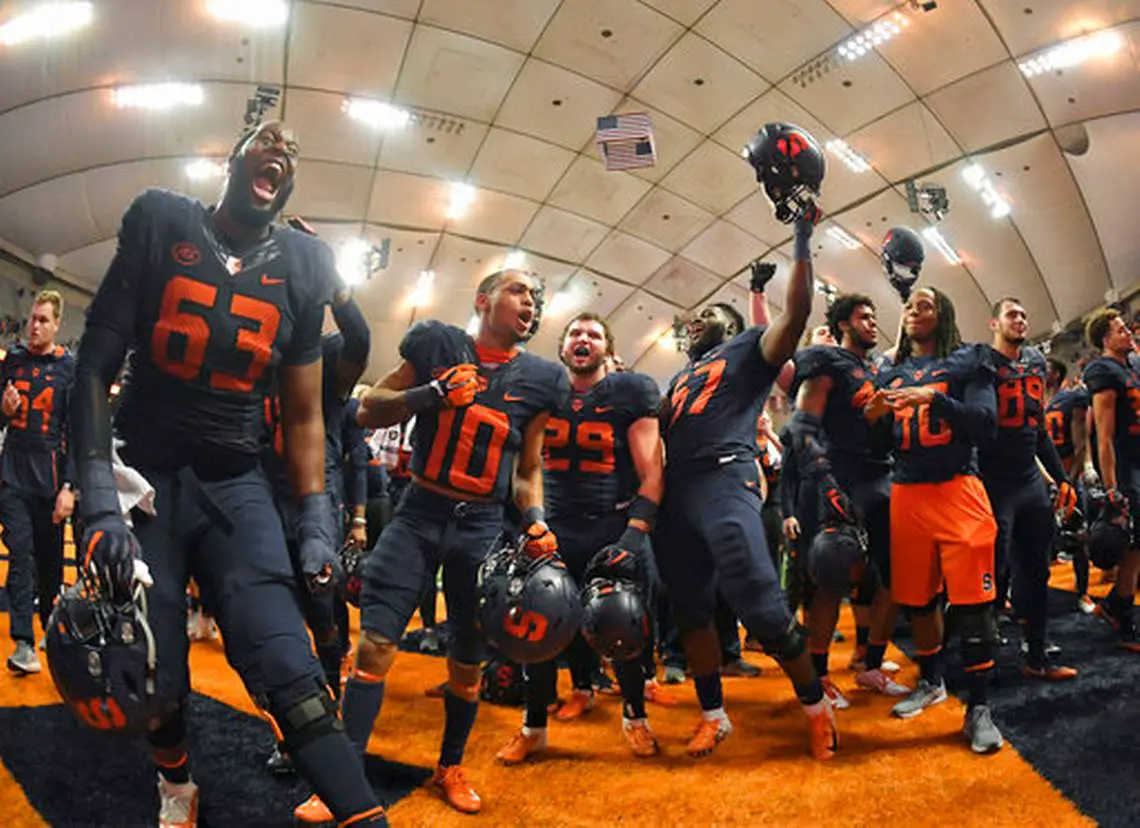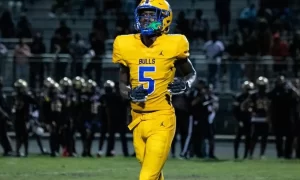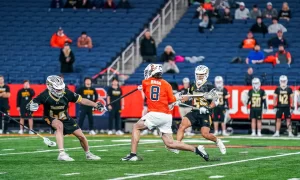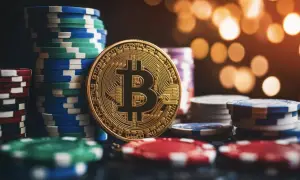Syracuse Athletics is already trying to get behind the wheel of the runaway train that name, image and likeness could be for the NCAA. SU announced a partnership with INFLCR (pronounced ‚ÄúInfluencer‚Äù) to help its athletes navigate new NIL rules. That’s the behind the scenes stuff, the nitty gritty. Everyone, including the athletes want to know how this is going to truly affect them and their sports.
First of all, it’s a fallacy to say that only the USC’s and UCLA’s of the world, schools in major markets, will be able to take advantage of this development in the age of social media. It’s fair to assume most of the endorsement deals will come in the form of sponsored tweets, Instagram posts, Tic Toks, etc.
Off of the social media landscape, Syracuse athletes will be largely pigeon-holed to Central New York. The last household name the Orange had is Carmelo Anthony. Until another star freshman with dreads comes along, the national market is closed to Syracuse athletes. But that’s ok. Think of how much influence SU basketball players like Joe Girard and Buddy Boeheim have in the area. Local endorsement deals for local businesses, especially ones with a preexisting relationship with the University, are destined to call guys like that. The football players are going to run into the same obstacle NFL players do. Because of helmets, they are less likely to connect to the fans on the field, which makes their marketing potential close to none, especially if they continue to perform at a low level.
Where the football players won’t have any trouble is where most of the hands-on NIL money will be made. Clinics will be goldmines for athletes in every sport, and the only source of revenue for the Olympic sport athletes. Youth football players in the Syracuse area are going to want to “learn how to throw like Tommy” or “learn how to tackle like Mikel.” Kids who play lacrosse will want to “shoot like Owen Hiltz or Emily Hawryschuk.” Clinics are the truest, most honest form of NIL.
Then there’s the reckless side. College athletics is already a booster’s sport. But now, the possibilities to abuse the NIL rules on the recruiting trail are endless. Imagine an autograph session hosted by a local business that is a booster. Say that business offers a player $2,000 to appear once a month. What is stopping a competing booster from another school to offer a more frequent, more lucrative deal? All of a sudden recruiting top-tier athletes is not about school, program, or coach. It’s about dollars and cents.
The main concern for NIL shouldn’t be the immaturity of kids. Many college students have jobs and money to manage. There will be some money mistakes made along the way, but as a whole the athletes will use their support staff to keep the cash in their pockets. The main concern should be the side effects the NIL remedy will have on the game.
















